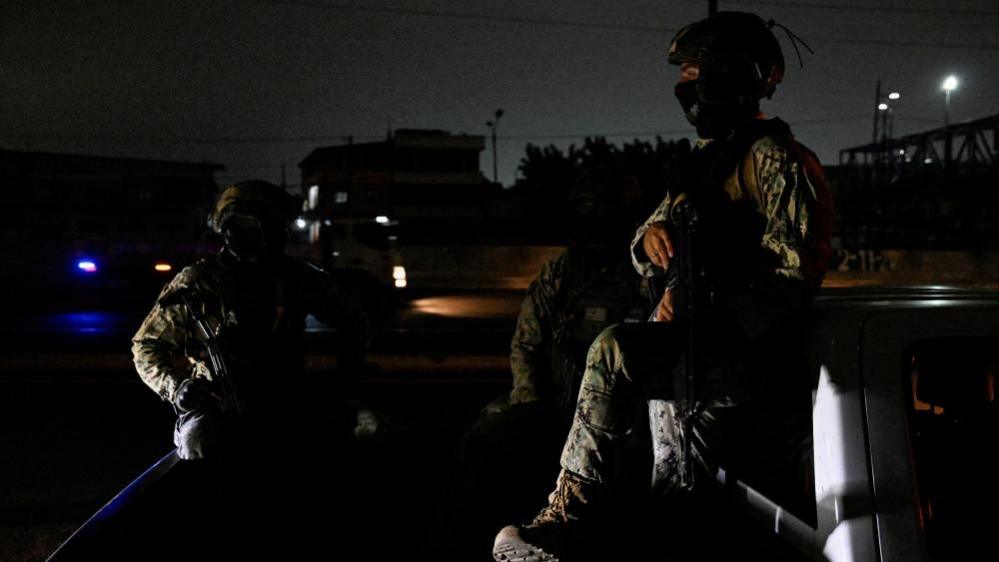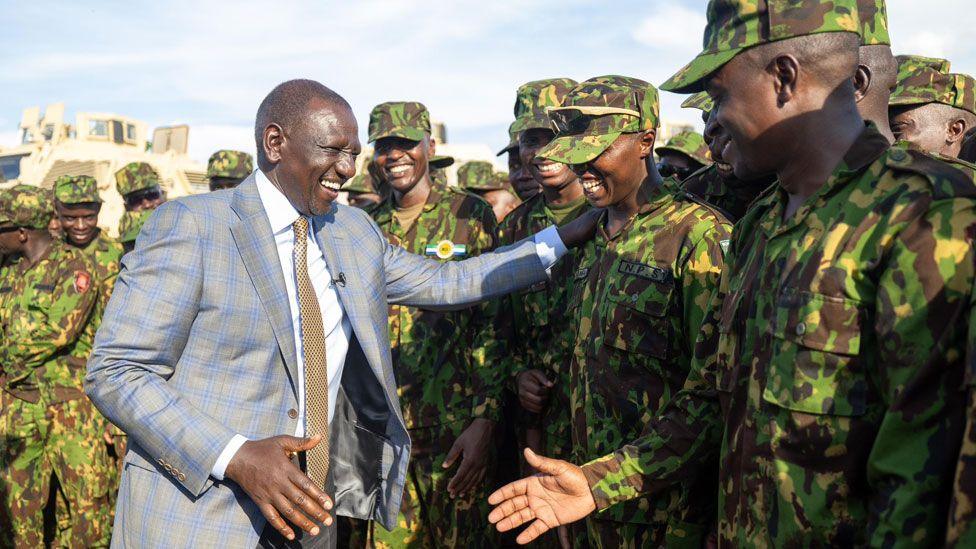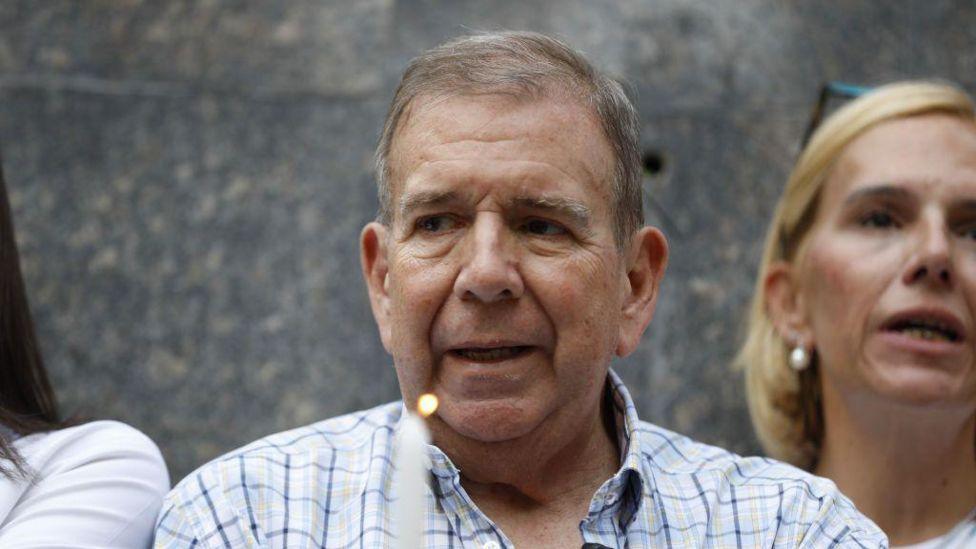South America drought brings wildfires and blackouts

The emergency measures mean that Ecuador's military patrol the streets in darkness
- Published
Planned power cuts in Ecuador have begun a day early as severe drought disrupts its hydroelectric plants.
The country is suffering its worst drought in 60 years, with no significant rainfall in more than two months.
The government had already announced nightly blackouts across the country from Monday, but 12 provinces had their power cut from 08:00 to 17:00 local time over the weekend.
Several South American countries are currently experiencing their worst droughts on record, which is also fuelling a number of wildfires.
Hydroelectric plants cover 70% of Ecuador's electricity demand, but the water reserves that fuel it have fallen to critical levels.
Ecuadorian President Daniel Noboa said there could be further cuts and other emergency measures introduced if water levels in the hydroelectric plants are not restored soon.
In addition to the 71 days without rain, Noboa also blamed the emergency on political failings.
In a statement, the president blamed the power crisis on the failure of previous governments to adequately maintain infrastructure and the lack of contingency planning.
A red alert has been imposed in 15 provinces including the capital Quito.
Sixty neighbourhoods in Quito have had their water supplies cut as part of rationing measures.
It was less than six months ago that Ecuadorians were last rationing electricity.
In April, drought saw the country impose power cuts of up to 13 hours a day.
The current drought is certainly not contained to Ecuador - several other countries in South America are suffering the impact of the worst drought in living memory
Extreme drought has devastated vast areas of the Amazon and the Pantanal in Brazil, Bolivia and Peru.
In Colombia, firefighters are battling dozens of fires, which have so far ravaged almost 11,000 hectares (27,000 acres).
Earlier this week, Peru's government declared a 60-day state of emergency in the jungle regions bordering Brazil and Ecuador which have been worst affected by forest fires.
The drought has also weakened the vast Amazon River, affecting food supplies and the livelihoods of locals.
Last week, the Brazilian Geological Service (SGB) said water levels in many of the rivers in the Amazon basin had reached their lowest on record.
In 2023, the Amazon basin suffered its most severe drought in at least 45 years – which scientists at the World Weather Attribution group found had been made many times more likely by climate change.
- Published17 September 2024

- Published22 September 2024

- Published19 September 2024
